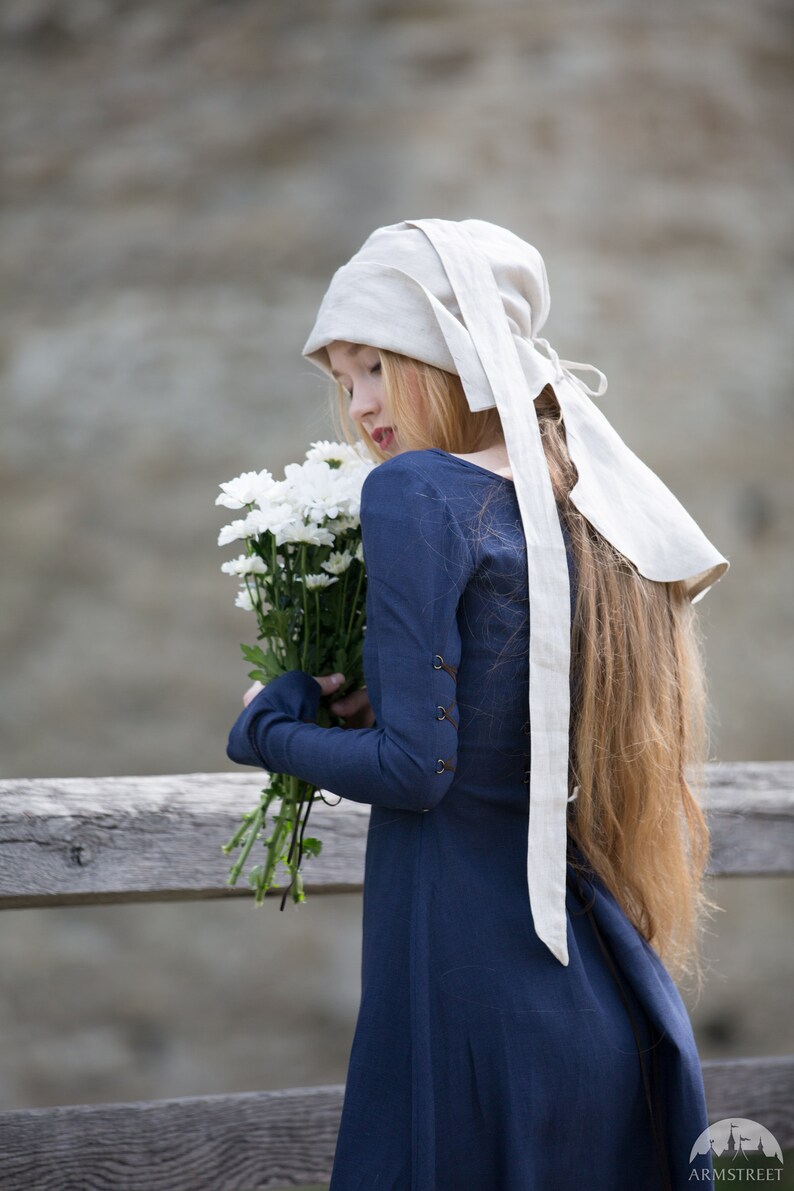

The cape element was a patte in French and in English cape, or sometimes cockscomb when fancily cut. The tail of the hood, often quite long, was called the tippit or liripipe in English, and liripipe or cornette in French.

The hood was loose at the back, and sometimes ended in a tail that came to a point.Ĭhaperon is a diminutive of chape, which derives, like the English cap, cape and cope, from the Late Latin cappa, which already could mean cap, cape or hood ( OED). In this form it continued through to the end of the Middle Ages, worn by the lower classes, often by women as well as men, and especially in Northern Europe. There were wool ones, used in cold weather, and lighter ones for summer. The edge of the cape was often trimmed, cut or scalloped for decorative effect. The hood could be pulled off the head to hang behind, leaving the short cape round the neck and shoulders. The chaperon began before 1200 as a hood with a short cape, put on by pulling over the head, or fastening at the front. A relatively simple wool chaperon, with bourrelet, and cornette hanging forward. It is the most commonly worn male headgear in Early Netherlandish painting, but its complicated construction is often misunderstood. It was especially fashionable in mid-15th century Burgundy, before gradually falling out of fashion in the late 15th century and returning to its utilitarian status. Initially a utilitarian garment, it first grew a long partly decorative tail behind called a liripipe, and then developed into a complex, versatile and expensive headgear after what was originally the vertical opening for the face began to be used as a horizontal opening for the head. Ī chaperon ( / ˈ ʃ æ p ər oʊ n/ or / ˈ ʃ æ p ər ɒ n/ Middle French: chaperon) was a form of hood or, later, highly versatile hat worn in all parts of Western Europe in the Middle Ages.
#Spell chaperone or chaperon Patch
The chaperon is worn in style A with just a patch of the bourrelet showing (right of centre) through the cornette wound round it (practical for painting in). Why? More.Probable self-portrait by Jan van Eyck, 1433. Though many modern rubber products are commonly made with synthetic rubber, rubber bands are still primarily manufactured using natural rubber. While their intended function is to hold items together, rubber bands have been used in a number of other capacities they can be wrapped around one another to form a bouncy ball or used as "ammunition" in rubber band guns. Rubber Band Patented (1845) In 1845, Stephen Perry, a British inventor and businessman, patented what is now a staple office supply-the rubber band. Instead of white and black, the pieces may have been white and what other color? More. The rooks are depicted not as castles, but as berserkers. Their origin and intended destination are unknown. Apparently unused, they may have been the stock of a merchant who buried them after a mishap at sea. They had been carved from walrus ivory in the 12th century.

Lewis Chessmen In 1831, dozens of intricately detailed chess pieces-enough to form several sets-were found buried in the sand on Scotland's Isle of Lewis. To form the superlative degree, what suffix do we add to the end of the adjective? More.

"Short" Adjectives and Degrees of Comparison For "short" (one-syllable) adjectives, we generally form the comparative degree by adding the suffix "-er" to the end of the adjective.


 0 kommentar(er)
0 kommentar(er)
